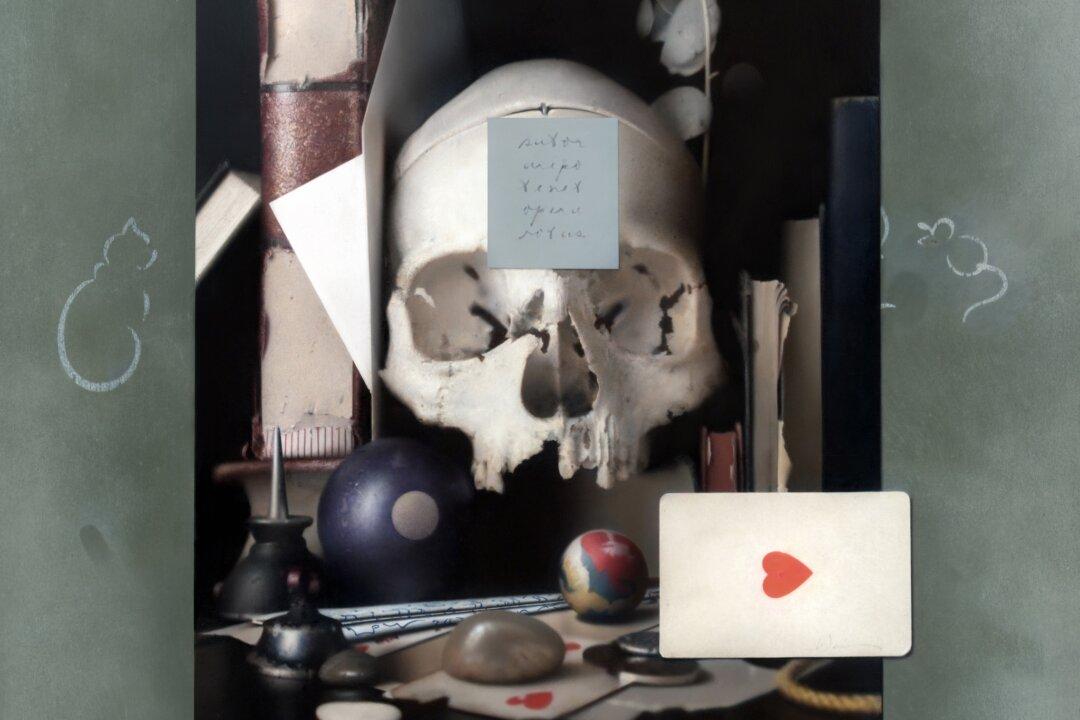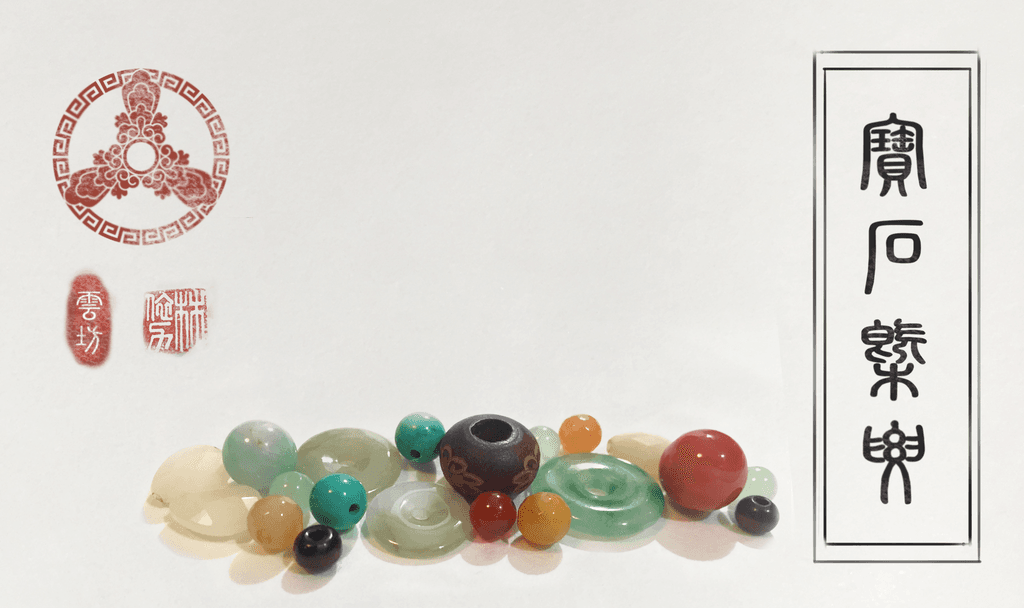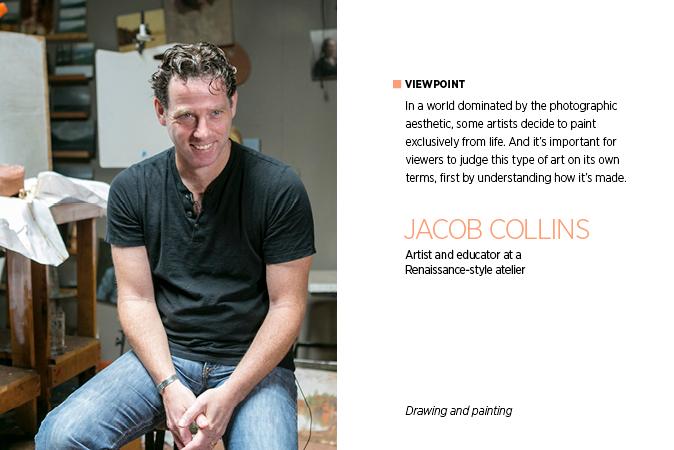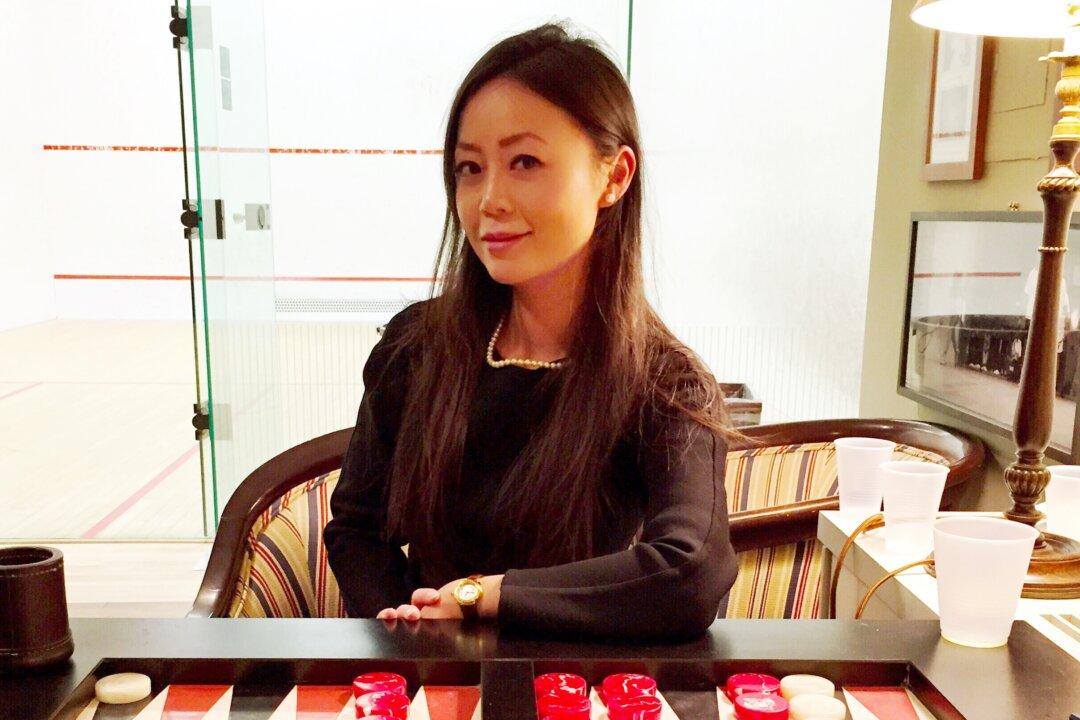This is part 3 of a 9-part series. To see the full series, see At the Confluence
The increasing prevalence of photography has fundamentally changed the way representational art is created and perceived in the modern day. At the Confluence examines how some of today’s artists have responded to the shift.
As far as painter and art instructor Anthony Waichulis is concerned, it is a realist painter’s prerogative to use photography in a painting—no chosen method should invalidate an artwork or artistic endeavor.
“For me a successful creative endeavor is about the manifestation of the idea through a process that is personally fulfilling,” he said in a phone interview. “It’s a simple equation—and if someone wants to include an optical element in the manifestation of their ideas, fine.”








